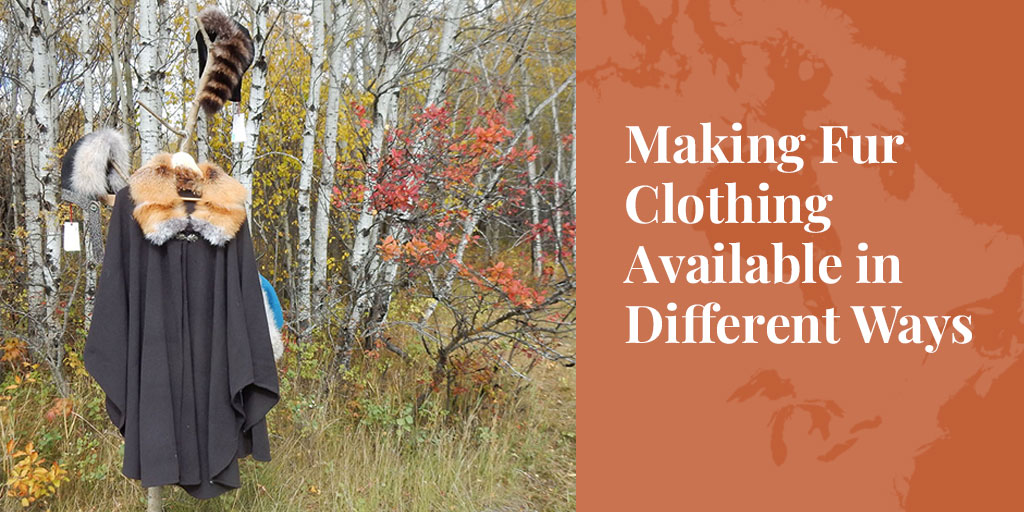
I’ve loved fur clothing since I was a little girl, as well as animals. I was very lucky because my parents indulged me in this. Growing up, I lived in towns or cities, but was allowed to nurse baby birds in my bedroom and bring home tadpoles to mature into frogs.
They also bought me a real fur hat, collar and muff for Christmas when I was six! These fur pieces were white with little black “tail” trim, but I’m quite sure they were rabbit, dressed up to look like ermine. They wouldn’t have been able to afford ermine, even if it had been available.
By the time I was a teenager, I’d graduated to raccoon. I had a red wool coat with a raccoon collar! When I grew out of that coat, I took off the collar, and with my mother’s help, turned it into a bonnet-type hat that I wore for a few more years. My mother had a mink boa and my grandmother a neckpiece made from three martens, complete with heads and tails, both of which I still cherish. (I’ve been known to wear the mink boa, but not the marten piece.)
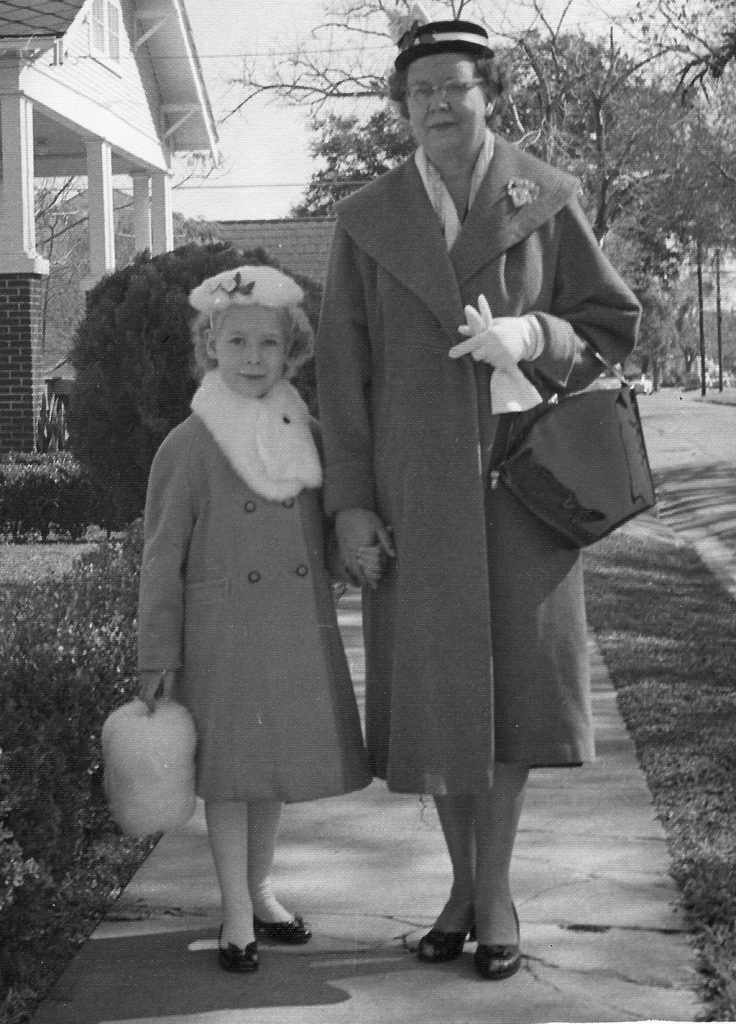
I wish more kids today had these same opportunities! There are still some rabbit-lined kids’ hats around but mostly there is fake fur, or no fur. However, Canadian kids often do have rabbit-trimmed moccasin slippers at least, and many young women wear rabbit-trimmed mukluks. But how easy is it for them to “graduate” to raccoon or beaver or coyote? Thanks to the wide availability of parkas, a hood with a natural coyote ruff can be purchased in most Canadian cities today. But sadly most ruffs are fake fur, which doesn’t hold up well, and isn’t providing the warmth of a natural fur ruff.
SEE ALSO: Why fur trim keeps us warm. Truth About Fur.
The availability of other clothing trimmed with natural fur has been minimal for several years, outside of some large Canadian cities that still have wonderful fur salons. But in the last five to ten years the fashion industry has begun to show fur accessories more. A few designers have models wearing trapper-type hats, made entirely of coyote fur. Natural fur has also shown up on purses and even shoes (not just boots). More local artisans have begun to make fur trapper hats and large mitts or gauntlets that are popular with the snowmobile crowd.
SEE ALSO: Where to buy fur. Fur Council of Canada.
Other Canadian artisans have been making fur ruffs, collars, hats, etc. using wild fur for some time. For the past six years, I’ve been one of those artisans, but making fur-trimmed accessories, rather than full fur apparel. I wanted the items I create to have a modern look and to be interesting, but also to be affordable.
Wearing fur accessories is possible for many more people than wearing a fur coat, warm and beautiful as they are. Availability and affordability to more Canadians may mean that wearing fur becomes more popular again. I think this is especially true for young kids and teens. Even having a toy with natural fur can make a child want more natural fur items later, I think. So I make a few toys too!
Learning As Much As Possible
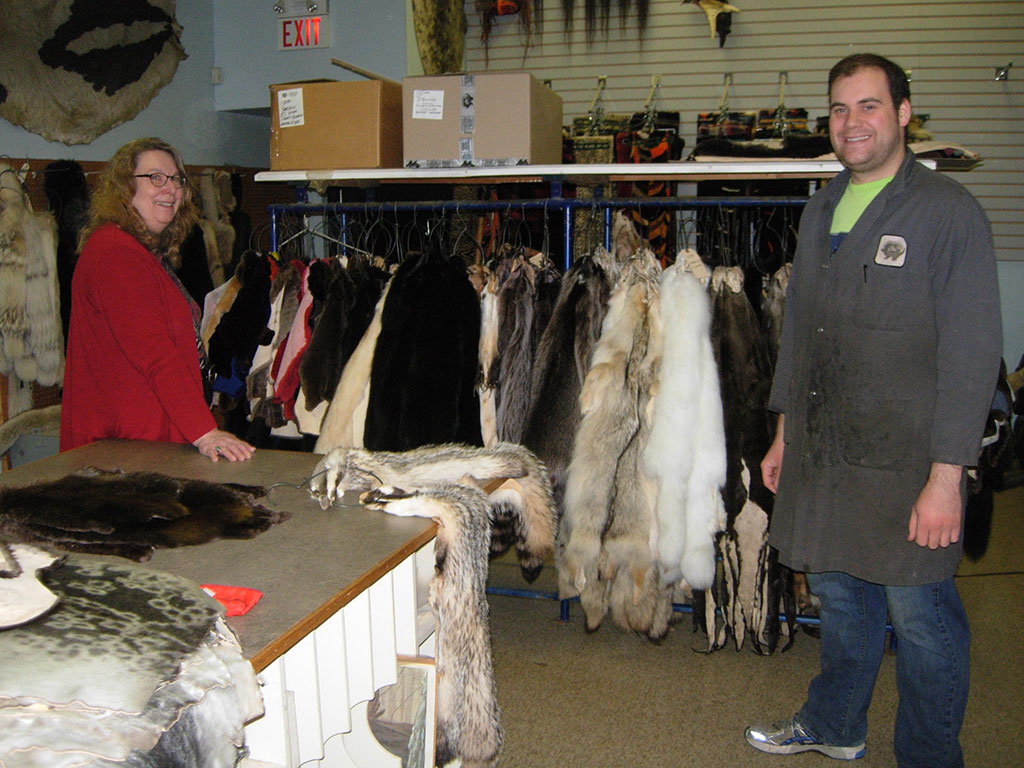
When I embarked on what was meant to become my retirement hobby, I decided it was important that I learn as much about fur as possible, from trapping through to garment making. The Saskatchewan Trappers Association holds many courses for new trappers and I was fortunate to take one given by association president Wrangler Hamm in November 2014. He covered the basics about humane trapping, and there were demos on skinning and boarding a coyote and muskrat as well as the preparation of a beaver. But he also included a bit about sending pelts for tanning and having hats or mittens made from them as an additional way to add value to trapping. I hope that’s a part of all the trapper courses.
My love of animals led me to a professional career studying them. It also helped me bond with my husband who is a wildlife biologist. Although my own career has primarily dealt with the genetics of domestic animals, such as cattle and dogs, in the later years my research has included some dog ancestors – wolves and coyotes. That allowed me the chance to get “behind the scenes” at a fur auction. Trapper and trader friends and acquaintances had been supplying my samples of coyotes and wolves for several years, but I reached a point in my research where I needed many wolf samples in a variety of coat colors. Dave Bewick, long-time manager of the Winnipeg office of North American Fur Auctions, invited me to a sale in Toronto in February 2014 to make that possible. I could not believe how many beautiful pelts were there, when I arrived on the first day of the sale. I think I decided that day that I had to be able to “work with” such pelts more, but just how that could happen took several more months of planning.
I ordered some tanned fur online and purchased a few pelts from booths at local trade shows, initially. Although now I try to make an annual trip to Winnipeg, to source my year’s garment-tanned wild fur supply. During my first visit, Matthew Stepien of the family-run International Fur Dressers and Dyers, gave me a lesson in wild fur buying that was fantastic, and has continued to help me find the quality furs I’m looking for.
I also ordered a used fur sewing machine from Montreal. The salesperson kept asking me who was going to teach me how to operate it. All the furriers in Saskatchewan had passed away. Having sewn most of my own clothes, including coats, since I was a teenager, I didn’t see this as a problem. Boy was I wrong! A fur sewing machine operates entirely differently than a normal sewing machine used to sew cloth, or even a heavier leather sewing machine. A fur sewing machine needle is horizontal and comes toward you as you sew. The fur is fed from beneath the working surface. But I persisted and read what I could and watched YouTube videos, and gradually I was able to sew most of the fur I had purchased, except the beaver. I still sew beaver by hand, as do many other artisans.
Lighting Up Faces
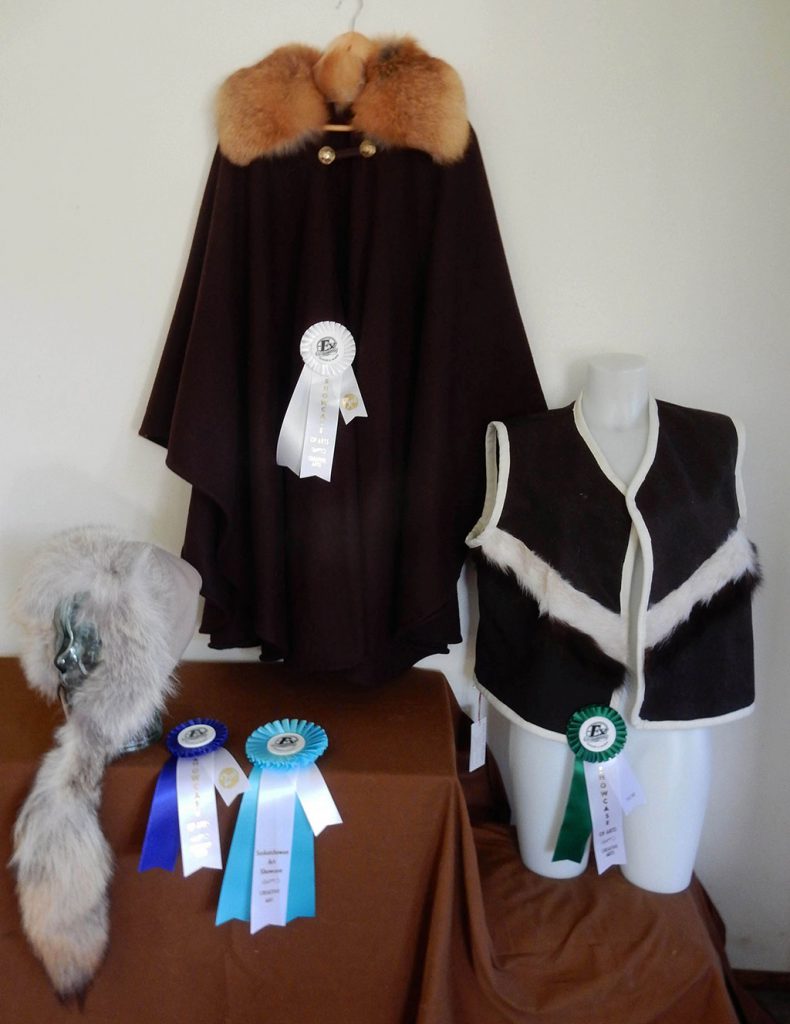
Sewing with natural fur has become something I truly enjoy. And I’ve been very lucky because there seems to be a group of people that enjoy wearing what I make! I’ve had booths at several juried craft shows around Saskatoon in the past five years, before Covid hit.
One of the bonuses of being at a craft fair is the joy of watching so many people’s faces light up when they try on a fur-trimmed hat, even if they don’t buy it. A fellow artisan told me that mine was the “happy booth”. She said she often looked across the aisle and people were smiling, laughing, taking selfies, etc. as they chose a fur hat to try on.
Another plus for being at a craft fair is the instant feedback you get from people about what they like and what fits and what doesn’t. For a person who is a “new” artisan, this is very valuable. The younger the person, the more unusual the item they seem to choose! I was so glad to see teenagers and university students buying fur-trimmed items.
I’ve chosen Wear Our Heritage as my brand name because I want people to wear fur clothing and be proud of our Canadian fur heritage!
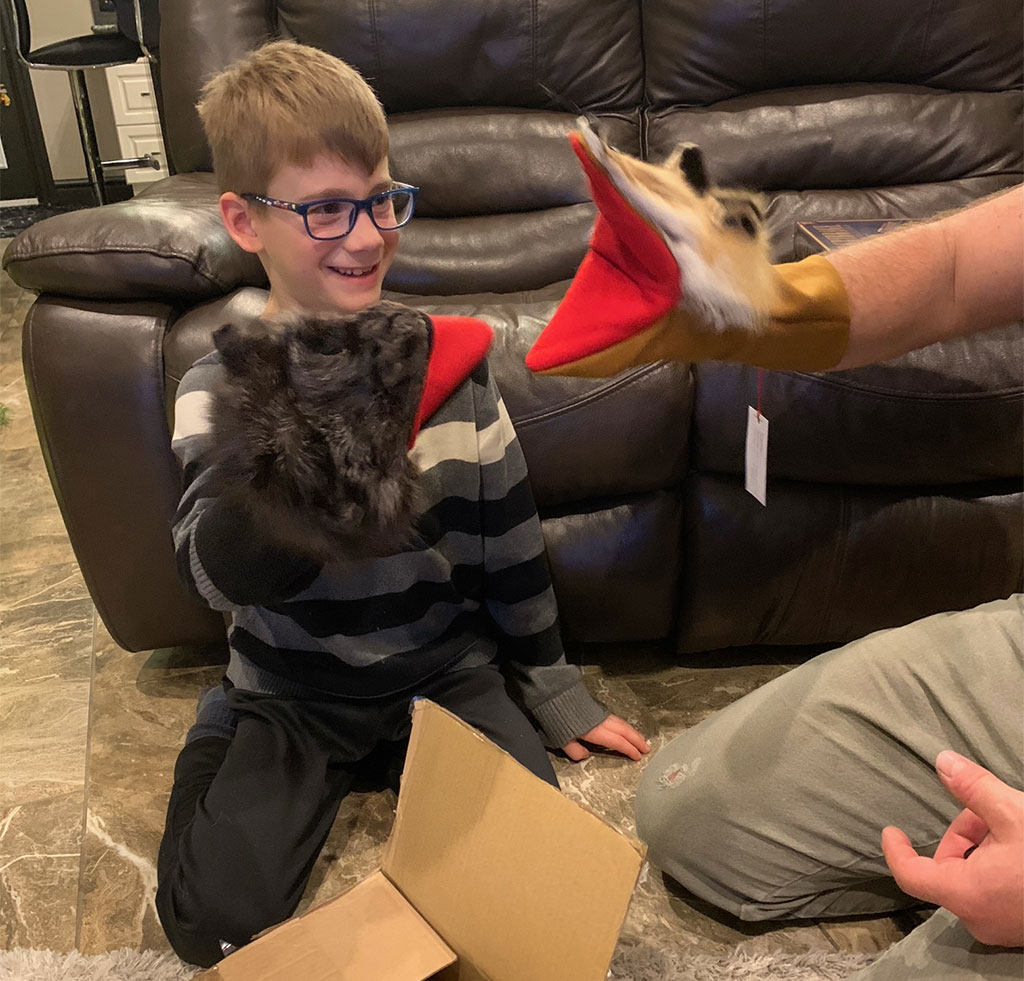
I try to give young kids a small item with fur, when they visit my booth with their Mom or Grandad. Or I invite them to try on and play with the hand puppets.
The local “fair” or Exhibition in Saskatoon doesn’t have booths with baked goods or jams any more, but it does have the Saskatchewan Art Showcase that includes photography, painting, and crafts divisions. I try to submit the allowed three items each year, as another way to get natural fur in the public eye.
***
To learn more about donating to Truth About Fur, click here.











Your a true artist with fur! And when it is cold, there is nothing better to wear around your skin than real fur to keep you warm. Keep up your wonderful craftsmanship.
I thought the article was great – you are a wonderful spokeswomen and a positive voice for the industry
Wonderful article. Take heart. There are still many, many fur lovers out there who will not be cowed by public opinion.
Best of luck in your new profession. Your work is beautifful!